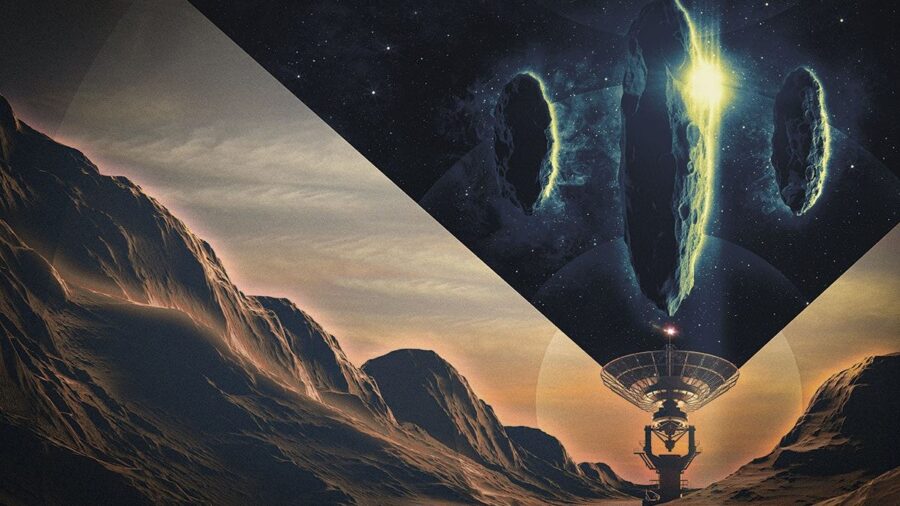Astronomer’s Expedition Reveals Alien Technology At The Bottom Of The Ocean?
Alien technology could be sitting at the bottom of the ocean, and a Harvard astrophysicist has now launched an expedition to find that technology.
This article is more than 2 years old

The world is starting to take the possibility of other life than humans a bit more seriously these days. It could be because the Pentagon has held a meeting about the many instances of UFOs, now called UAPs (Unidentified Aerial Phenomena). Also, there is an entire section of the government now dedicated to determining if these UAPs are a threat to human civilization in any way. However, a professor at the Harvard-Smithsonian Center for Astrophysics is now taking the idea of alien life a bit further. Avi Loeb is set to start an expedition that will attempt to retrieve chunks of a meteor that crash-landed on our planet eight years ago. Loeb believes that this meteor could be alien technology that crashed into the ocean.
Avi Loeb and another astrophysicist by the name of Amir Siraj had released a paper for peer review about the potential that this alien technology could be in the ocean. However, many of the scientific community have rejected this wild claim. The meteor’s speed had been measured by military satellites, with most of the trajectory being blocked by special clearances because of the military nature of that equipment. However, Loeb and Siraj used data that was given to NASA about this object, and they believe it to be from outside of our solar system. While most of the scientists who have looked at this paper have rejected the idea, it was determined that this object had come from out of our solar system. You can see this announcement below:
While the meteor that crashed has been determined to be from out of our solar system, that does not necessarily make it alien technology in the ocean. However, it has led to Loeb putting together a $1.5 million funded expedition to attempt to gather pieces of this meteor from the ocean floor. Data was given to Loeb from the Defense Department about where the meteor had crashed, and he has determined a search area of nearly 40 square miles. He is planning to use a tool that holds a magnet to sweep the ocean floor. This sled-like object will continue to do so over that 40 square miles, in hopes that anything from the meteor can be located.
Part of the skepticism that has been posted by other astrophysicists is finding the meteor that had crashed. They claim that because of the defense satellites picking up the meteor, most of that data is blocked. Also, this item has been swirling around the ocean for nearly eight years, so there is no telling where it could have traveled. Despite that, Loeb is determined to find out if this meteor is alien technology sitting in the ocean. If it is discovered to be of an interstellar nature, it would be the first time that humans gathered something of this size that is also interstellar.
Despite the government taking UAPs and alien life a bit more seriously, there are always going to be skeptical people. Scientists have also a bit more reserved about the idea that this ocean alien technology can be found based on the small data that has been provided. We certainly don’t know what to think, but it would be incredible if Loeb is right about this object being from another planet.












